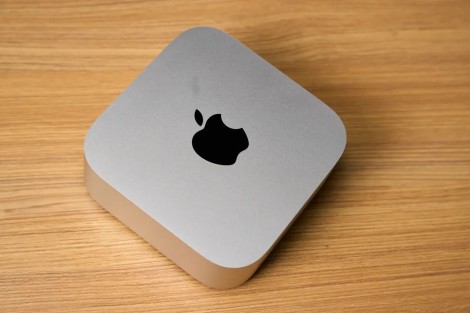When it comes to maintaining a pristine outdoor space, leaf blowers have become indispensable tools for homeowners and professionals alike. Among the various power options available, the 40-volt battery-powered leaf blower stands out for its balance of power, efficiency, and convenience. However, a common question arises: How long does a 40-volt battery last on a leaf blower? This article delves into the factors influencing battery life, practical usage scenarios, and tips for maximizing performance.
Understanding Battery Capacity and Runtime
To comprehend how long a 40-volt battery lasts on a leaf blower, we must first understand the relationship between battery capacity, power consumption, and runtime. The capacity of a battery is typically measured in amp-hours (Ah) or watt-hours (Wh). A 40-volt battery with a capacity of 4Ah, for instance, can theoretically deliver 160 watt-hours of energy (40V x 4Ah = 160Wh).
The runtime of a leaf blower is influenced by several factors:
- Power Settings: Most leaf blowers come with multiple speed settings. Higher speeds consume more power, leading to shorter runtimes. For instance, using a leaf blower on a high setting may drain the battery in approximately 20-30 minutes, while lower settings can extend this to 40-60 minutes.
- Type of Work: The nature of the task significantly impacts battery life. Blowing dry leaves is less demanding than clearing wet or heavy debris. If you are using the blower for light tasks, you can expect longer runtimes compared to heavy-duty applications.
- Battery Age and Condition: Like all rechargeable batteries, the performance of a 40-volt battery diminishes over time. Factors such as temperature, charging cycles, and storage conditions can affect battery health. A well-maintained battery will provide better performance than one that has been subjected to extreme conditions or frequent deep discharges.
Real-World Runtime Estimates
In practical terms, users can expect the following runtimes based on typical usage scenarios:
- Light Duty (Low Speed): Approximately 45-60 minutes
- Medium Duty (Medium Speed): Approximately 30-45 minutes
- Heavy Duty (High Speed): Approximately 15-30 minutes
These estimates can vary based on the specific model of the leaf blower, the efficiency of the motor, and the overall design of the tool.
Tips for Maximizing Battery Life
To ensure you get the most out of your 40-volt battery, consider the following strategies:
- Use the Right Speed: Adjust the speed setting according to the task. Use lower speeds for lighter jobs and reserve high speeds for more challenging tasks.
- Regular Maintenance: Keep your leaf blower clean and well-maintained. A clogged air filter or dirty fan can strain the motor, leading to increased power consumption.
- Optimal Charging Practices: Avoid letting the battery fully discharge before recharging. Lithium-ion batteries, which are commonly used in 40-volt systems, perform best when kept between 20% and 80% charge.
- Store Properly: Store your battery in a cool, dry place. Extreme temperatures can degrade battery performance and lifespan.
- Invest in a Spare Battery: If you frequently use your leaf blower for extended periods, consider investing in an additional battery. This allows for uninterrupted work, as you can swap batteries when one runs low.
Conclusion
In summary, the longevity of a 40-volt battery in a leaf blower is influenced by various factors, including power settings, the nature of the task, and the condition of the battery itself. By understanding these elements and implementing best practices for usage and maintenance, users can optimize their leaf blower's performance and ensure that their outdoor spaces remain immaculate. Whether you are a homeowner or a professional landscaper, knowing how to manage your battery effectively can make all the difference in your leaf-blowing experience.




